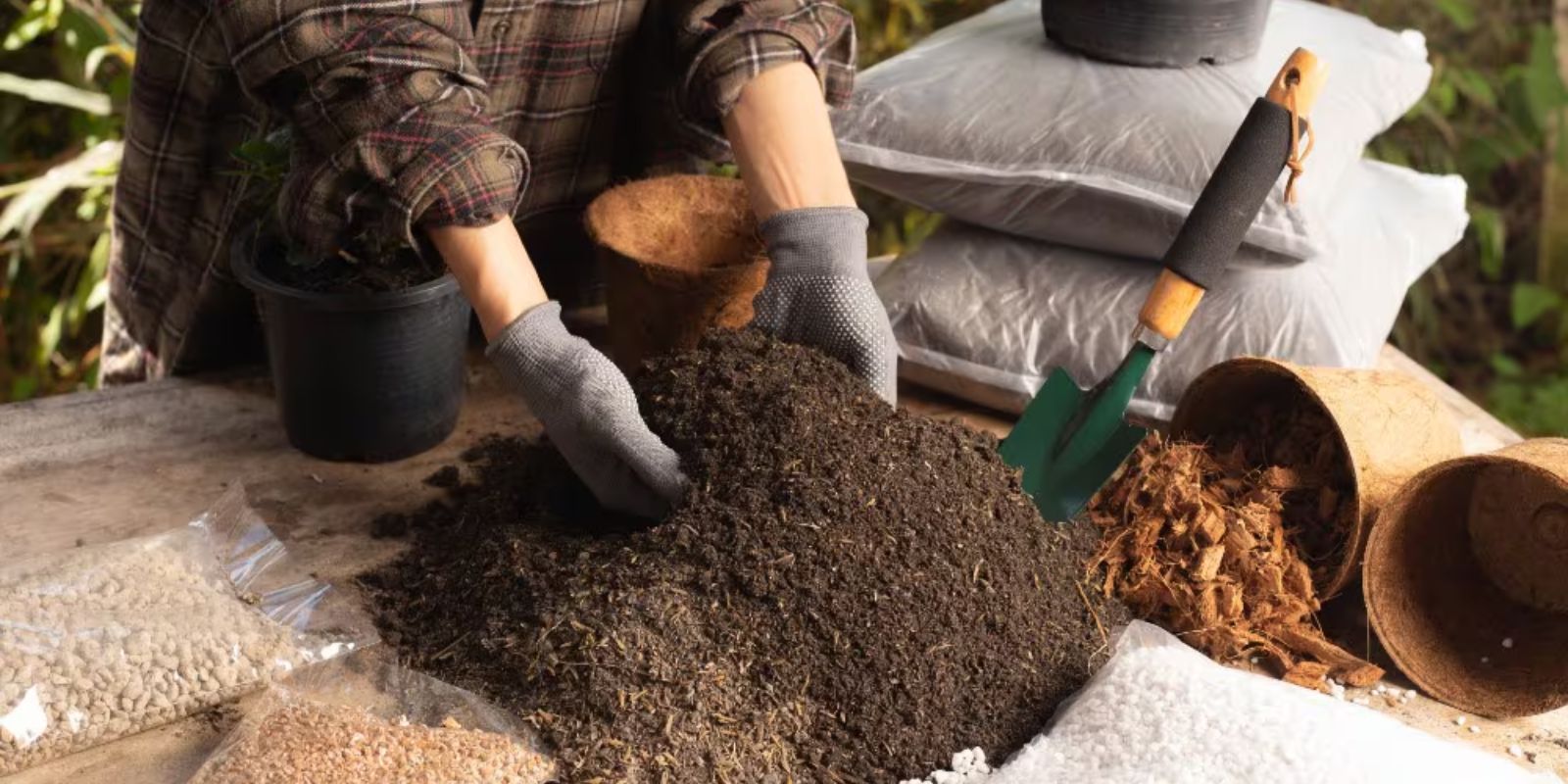Growing vegetables in pots is an accessible and rewarding way to enjoy fresh produce, even if you have limited space. Whether you’re cultivating a patio garden, balcony garden, or urban farm, the key to a thriving container garden lies in the soil mix you use. The right soil mix provides the essential nutrients, drainage, and aeration that vegetables need to grow robustly. This comprehensive guide will walk you through everything you need to know about creating the best soil mix for growing vegetables in pots.
1. Understanding the Basics of Potting Soil
1.1. Potting Mix vs. Garden Soil
It’s important to distinguish between potting mix and garden soil:
- Potting Mix: Specifically formulated for containers, potting mix is designed to provide optimal drainage and aeration. It’s lightweight and typically includes a blend of materials that support healthy root growth.
- Garden Soil: Not recommended for containers, garden soil is often too heavy and may become compacted, leading to poor drainage and root problems.
1.2. Components of a High-Quality Potting Mix
A quality potting mix should be composed of several key components:
- Organic Matter: Adds nutrients and improves soil structure.
- Drainage Materials: Prevents waterlogging and supports root health.
- Aeration Agents: Enhances air circulation around the roots.
2. Essential Components for the Best Soil Mix
2.1. Potting Mix Base
Start with a high-quality potting mix as your base. Here’s why it’s important:
- Drainage: Potting mix is designed to drain excess water efficiently, reducing the risk of root rot.
- Lightweight: It’s lighter than garden soil, making it easier to handle and ideal for container gardening.
2.2. Organic Matter
Incorporate organic matter to enhance soil fertility:
- Compost: Rich in nutrients, compost improves soil structure and provides essential vitamins and minerals. Aim for about 25-30% compost in your mix.
- Well-Rotted Manure: Adds additional nutrients and improves soil texture. Ensure the manure is well-rotted to avoid burning plant roots.
2.3. Drainage Materials
Ensure proper drainage with materials like:
- Perlite: This lightweight, volcanic glass improves soil aeration and prevents compaction. It’s ideal for enhancing drainage in container gardens.
- Vermiculite: Another lightweight material, vermiculite holds moisture and nutrients while providing excellent aeration.
2.4. pH Balance
Maintain the right pH level for optimal vegetable growth:
- pH Range: Vegetables generally prefer a slightly acidic to neutral pH (6.0-7.0). You can test the pH of your soil mix with a soil test kit.
- Adjustments: If the pH is too high or too low, adjust it using lime (to raise pH) or sulfur (to lower pH), following the instructions on the product.
3. Creating Your Soil Mix
3.1. Basic Recipe
Here’s a basic recipe for an ideal vegetable potting mix:
- 50% Potting Mix: Provides the base and ensures good drainage.
- 25% Compost: Enriches the soil with nutrients.
- 15% Perlite or Vermiculite: Enhances aeration and drainage.
- 10% Additional Organic Matter (optional): Can include well-rotted manure or peat moss for extra nutrient content.
3.2. Mixing Instructions
- Combine Ingredients: Mix the components thoroughly in a large container or wheelbarrow. Ensure the mix is uniform and well-blended.
- Moisten the Soil: Lightly water the mix to ensure it’s evenly moist but not soggy. This helps in settling the soil and improving its structure.
4. Tips for Success
4.1. Container Preparation
Prepare your containers for planting:
- Drainage Holes: Ensure your pots have adequate drainage holes to prevent water from accumulating at the bottom. If needed, drill extra holes.
- Container Size: Choose containers that are large enough to accommodate the vegetable’s root system. Generally, larger containers support better growth.
4.2. Monitoring Soil Health
Keep an eye on your soil’s health throughout the growing season:
- Watering: Check the soil moisture regularly. Water when the top inch of soil feels dry, but avoid over-watering.
- Fertilizing: Supplement with a balanced, water-soluble fertilizer if necessary. Follow the manufacturer’s recommendations for application rates.
- Refreshing the Soil: Refresh the soil mix annually or if you notice signs of compaction or nutrient depletion. Replace a portion of the old mix with fresh potting mix and compost.
5. Common Mistakes to Avoid
5.1. Using Garden Soil
Avoid using garden soil in containers as it tends to become compacted and may harbor pests or diseases. Stick to potting mix designed for containers.
5.2. Over-Fertilizing
Over-fertilizing can lead to excessive foliage growth at the expense of fruit production. Use fertilizers sparingly and according to the needs of your vegetables.
5.3. Neglecting Drainage
Proper drainage is critical for healthy root growth. Ensure your containers have sufficient drainage holes and avoid waterlogging.
6. Conclusion
Creating the best soil mix for growing vegetables in pots is essential for a successful container garden. By starting with a high-quality potting mix, adding organic matter, ensuring proper drainage, and maintaining the right pH balance, you can provide your vegetables with the optimal growing conditions they need to flourish. Follow these guidelines and watch your container garden thrive with healthy, productive vegetable plants.
Motivational Sentence: Dive into container gardening with the perfect soil mix and enjoy a bountiful harvest of fresh, delicious vegetables right from your own space—happy planting! 🌱🍅 #ContainerGardening #SoilMix #UrbanFarming #VeggieGarden #GreenThumb #GrowYourOwn #GardeningTips

